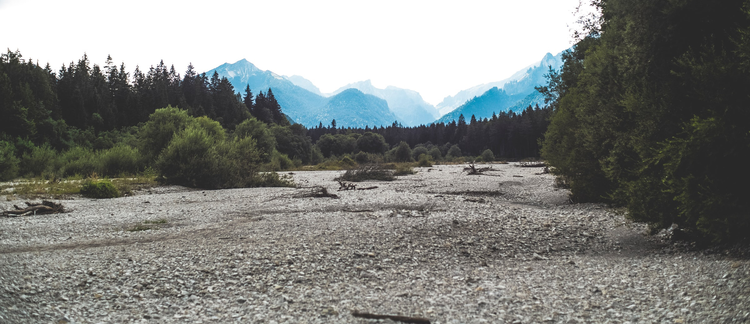Abstract
Studies of participatory mapping consider it to be a grassroots activity that secures customary rights, the sovereignty of marginalized communities, and as a tool for conservation and sustainable resource management. Political ecology sees such grassroots struggles as sites where multiple (human) groups/actors articulate and contest their knowledge of, and control over, entities called 'resources.' However, 'resources' exclude the role of other-than-humans, thereby perpetuating asymmetrical and anthropocentric ways of knowing and conceptualizing place-based struggles. In the quest for distributive justice, the modern principle of sovereignty also goes unchallenged. Through an ethnographic observation of participatory mapping among the indigenous Gonds of Adilabad in South India, this Grassroots article shows that by incorporating other-than-human actors as equal agents of conservation, the Gonds have produced a non-sovereign, symmetrical map that challenges notions of human sovereignty over a seemingly inert 'nature.' Grassroots mapping can include other-than-humans, making it a potent exercise in revealing and articulating more-than-human ways of conservation.
Keywords: sovereignty, conservation, rights, Gonds, other-than-humans, political ecology, mapping
How to Cite:
Gomathy, K. N., (2022) “Symmetrical, non-sovereign cartography as a means for conservation: insights from a participatory forest mapping exercise”, Journal of Political Ecology 29(1), 94–100. doi: https://doi.org/10.2458/jpe.2371
Downloads:
Download PDF
View PDF
Funding
- Name
- Department of Anthropology, the University of Hyderabad
1986 Views
365 Downloads

